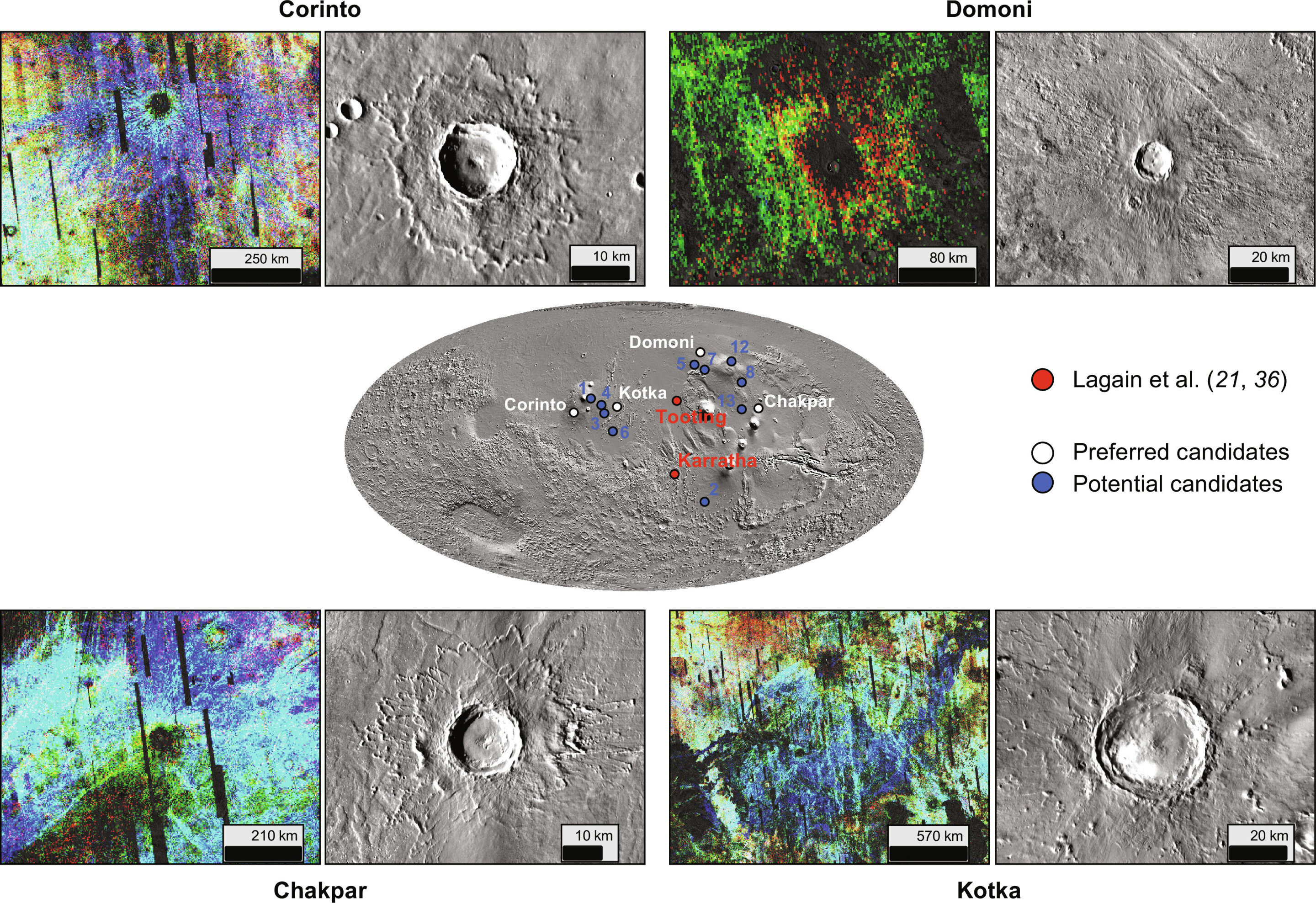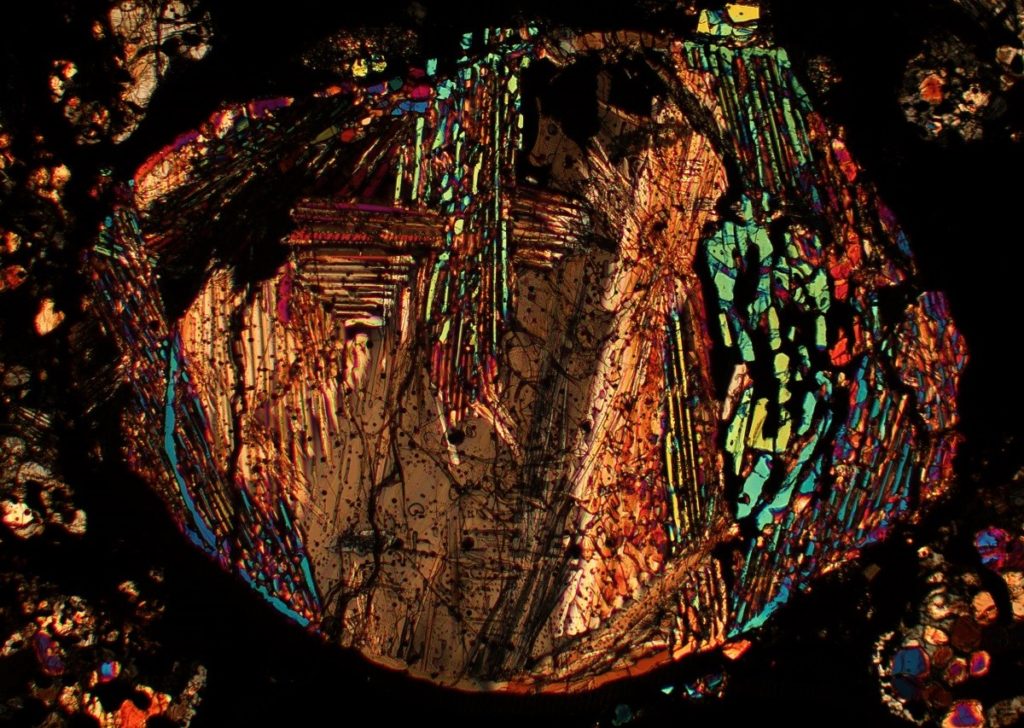
Researchers have identified the specific locations from which most of the approximately 200 Martian meteorites originate. They’ve traced the meteorites to five impact craters within two volcanic regions on the red planet called Tharsis and Elysium. Their study was published recently in the journal Science Advances.
Martian meteorites find their way to Earth when something hits the surface of Mars hard enough so that material is “blasted off the surface and accelerated fast enough to leave Mars’ gravity,” says Chris Herd, curator of the U of A’s Meteorite Collection and professor in the Faculty of Science...
Read More








Recent Comments